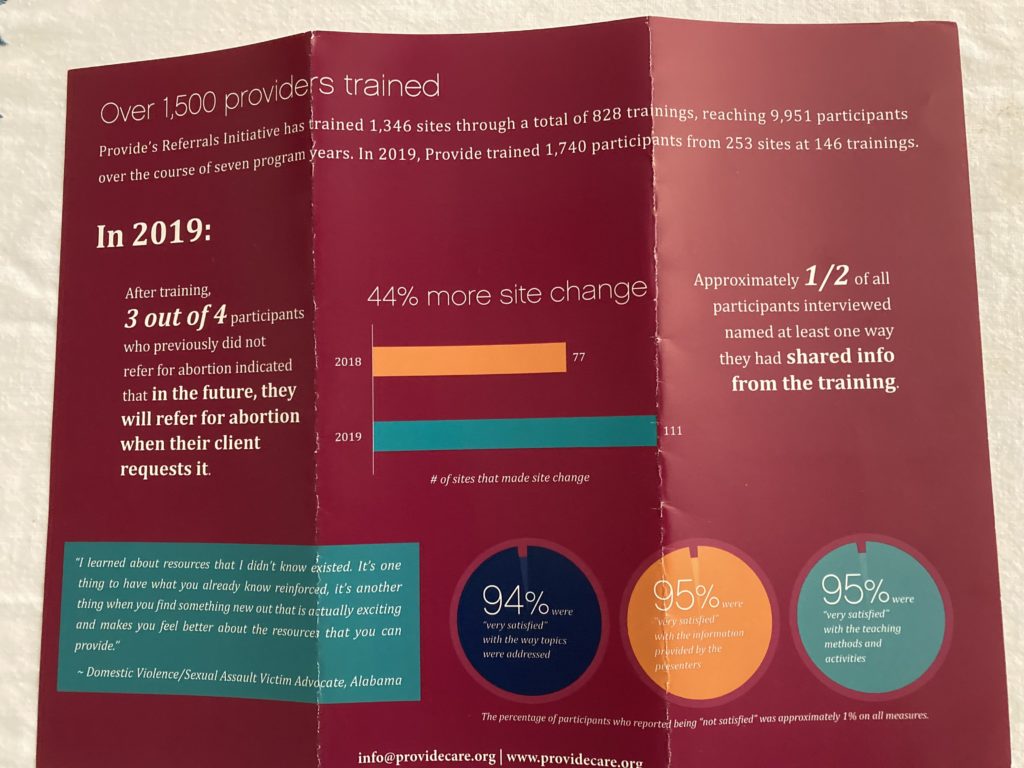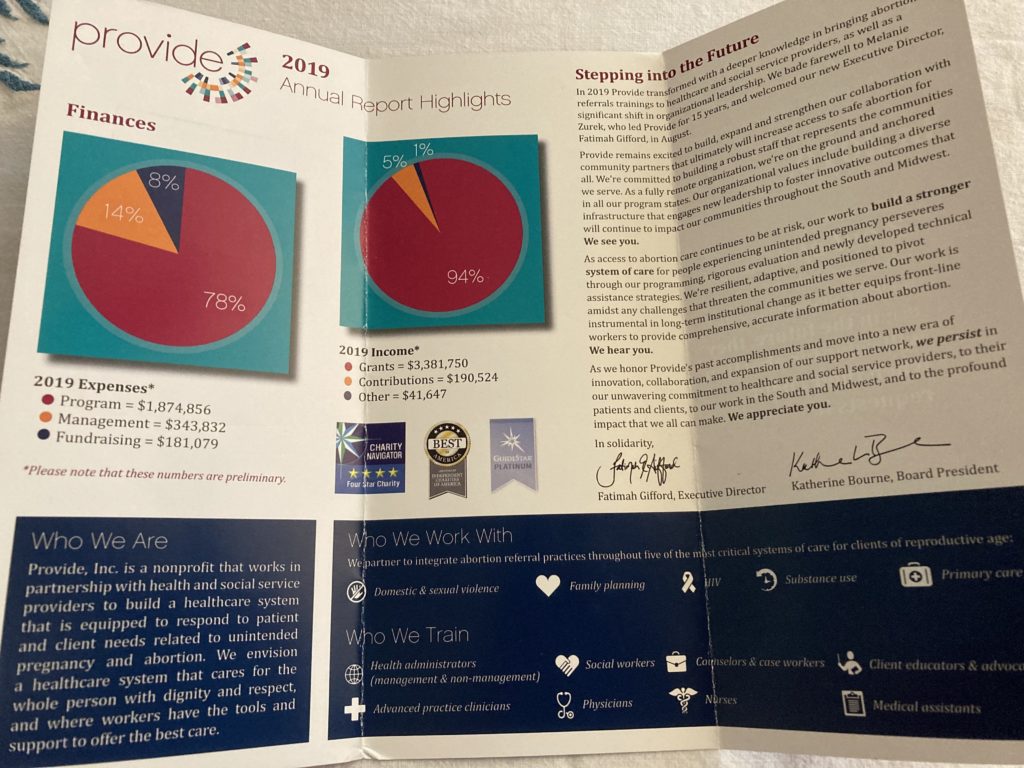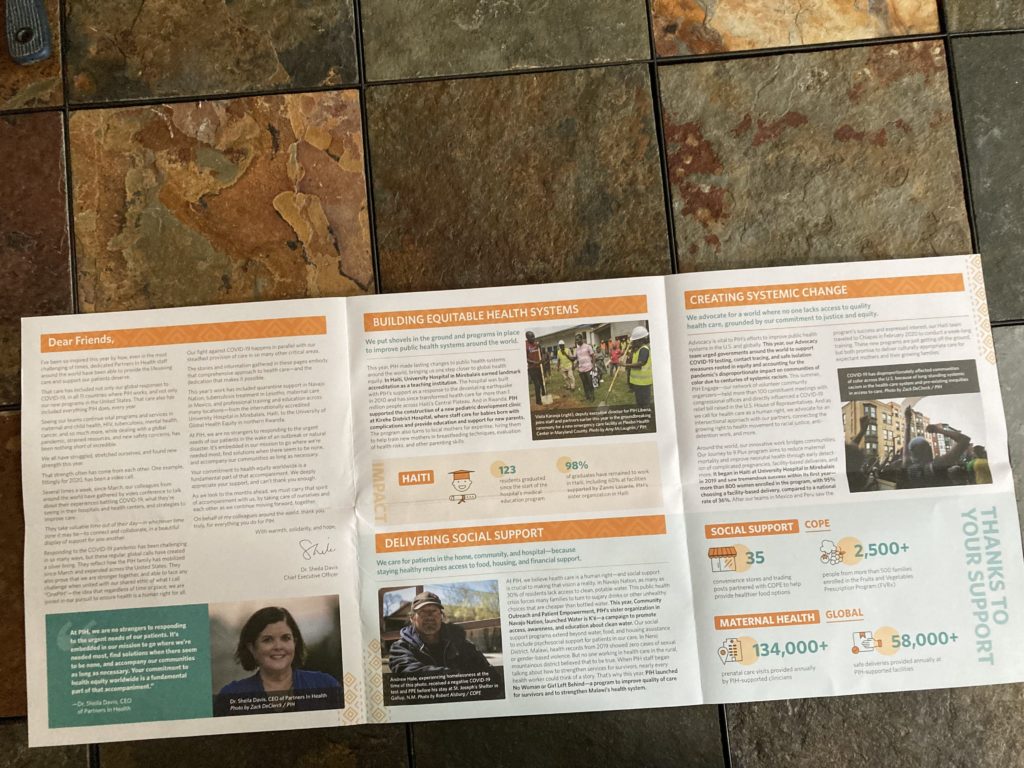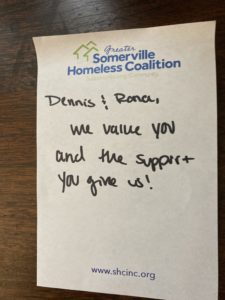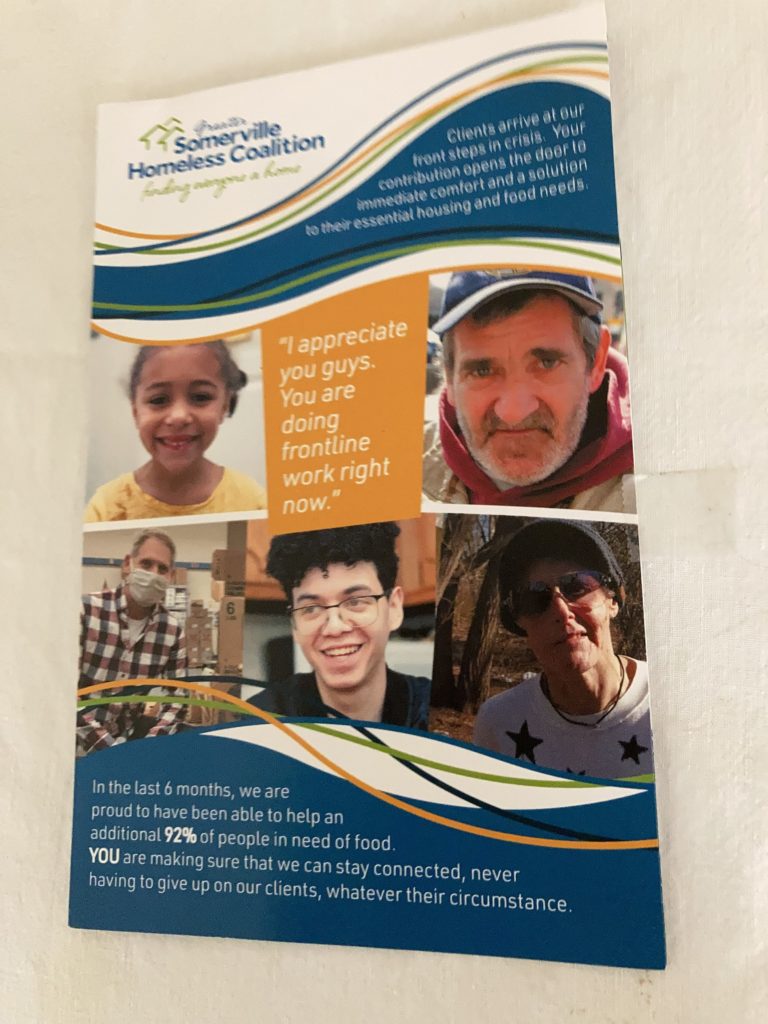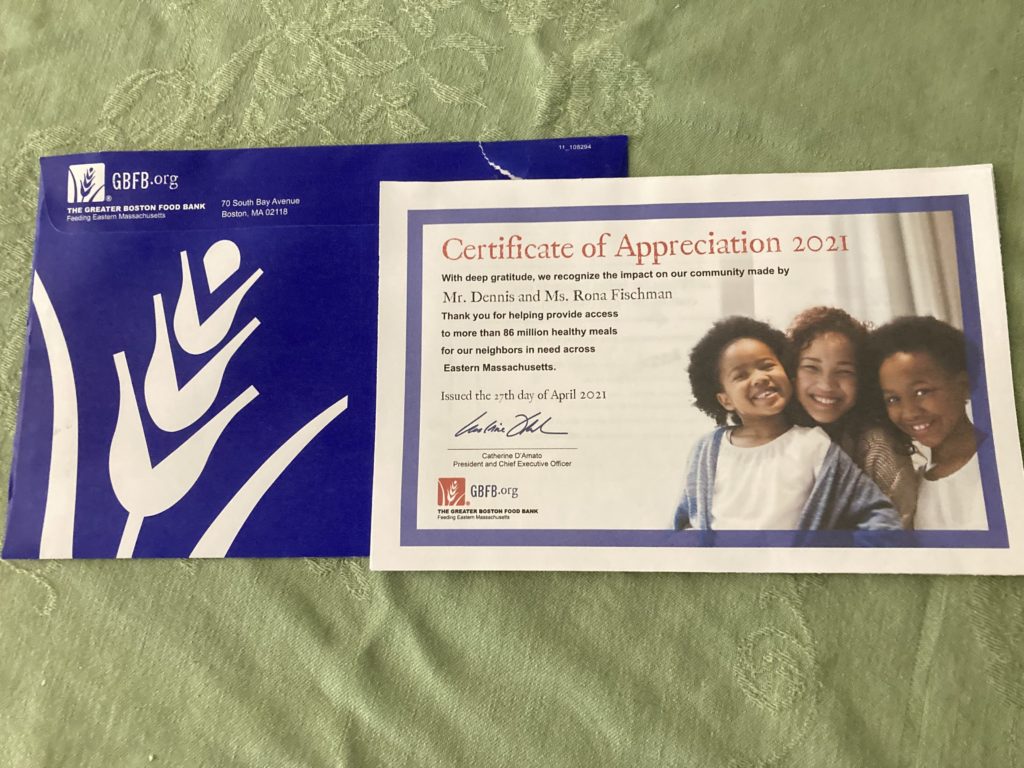Nothing matters more to your donors than getting their name right.
Don’t just take my word for it. Ask other experts in nonprofit communications, and they’ll tell you the same thing. Or ask the donors. You’ll get an earful about how annoyed they get when a nonprofit is happy to take their money but can’t be bothered to remember their name!
It can be simple to call the donor by the name they prefer. If you have a good CRM, it will offer you fields where you can enter the full name of the donor plus the name they’d like you to use in the salutation of your appeal letter (or the To: line of your email).
But first, you have to find out the right name.
How do you do that? Ask.
Ask about Names When You Ask for Donations
When BAGLY, the Boston Alliance of Gay, Lesbian, Bisexual, and Transgender Youth, asked for money, they included this language on their donation card.
Did we spell your name or address incorrectly?
We’re so sorry. We try to maintain an accurate database of our supporters, but we need your help on this one.
Correct Name Spelling: _____________________________
Correct Mailing Address: ____________________________
Correct E-Mail Address: _____________________________
BAGLY is quietly allowing people to say “My name is Albert, but you can call me Al” or “I used to go by Sarah, but now my name is Carter” without making any fuss about it.
Ask about Names When You Say “Thank You”
Keshet, the organization for LGBTQ equality in Jewish life, found another good way to ask which names to use. When they thanked us for our donation, they checked how my wife and I would like to be listed in their annual report.
As I said when I congratulated them in a post in 2020: “Keshet asked what we wanted to be called. They saw the way the names were listed on the check we’d sent them, but they didn’t assume that was exactly how we wanted our names to appear.”
Because everyone knows what happens when you assume!
Ask about Names and Give the Donor Control
It’s probably no accident that the first two examples came from organizations that serve the LGBTQ+ community. Names given and names chosen matter enormously to queer people, especially people who have made a gender transition. These organizations know that and tacitly act on their knowledge. But all nonprofits should follow their lead.
Just recently, I saw a different approach from an organization that is not specifically LGBTQ+, one that impressed me. Jews for Racial and Economic Justice (JFREJ) emailed me to let me know that the control over my name was in my own hands.
Here’s why they made the effort:
We know how harmful misnaming is and we want to do everything in our power to not do it. We want to thank those of you who have come forward and spoken up about the harm being misnamed causes in our community, especially for our trans, gender non-conforming, and non-binary members.
Here’s what they did:
“The heart of JFREJ’s new policy is our self-reporting portal which gives you control over your personal data,” they told me.
When you click on the link, you will be asked to submit the email address we have on file for you (i.e., the email address that this email was sent to). You will then be emailed a new link, which will show you the private information we have on record for you and will give you the opportunity to change any or all of it, including your name, phone number, address, email, and recurring donation.
You can make those changes any time. Your data, your choice.
And if the portal doesn’t work for you, and you prefer to update your information by connecting directly with a human, you can email our Development and Database Associate at [email protected]. He’ll kindly take care of it for you, anytime.
And here’s why you should consider doing the same!
As we’ve seen over and over, names are personal. Getting a person’s name wrong sends the message that you don’t care who they are, as long as they give your organization money. That’s a slap in the face to anyone who’s fought for their identity, and it’s insulting to anyone, period.
Names are not just an LGBTQ+ issue, any more than curb cuts in the sidewalk are just a wheelchair user issue. The curb cuts make it easier for everyone to get around: workers carrying loads, parents pushing strollers, grandmas using canes or walkers, people whose legs are tired that day!
If you give everyone control over how their names appear in your database, it’s like installing curb cuts. Pretty soon, everyone will use them, and the only thing that people will notice is the backward thinking groups who have stopped them short, by continuing to call them the wrong name. Don’t be that group!
